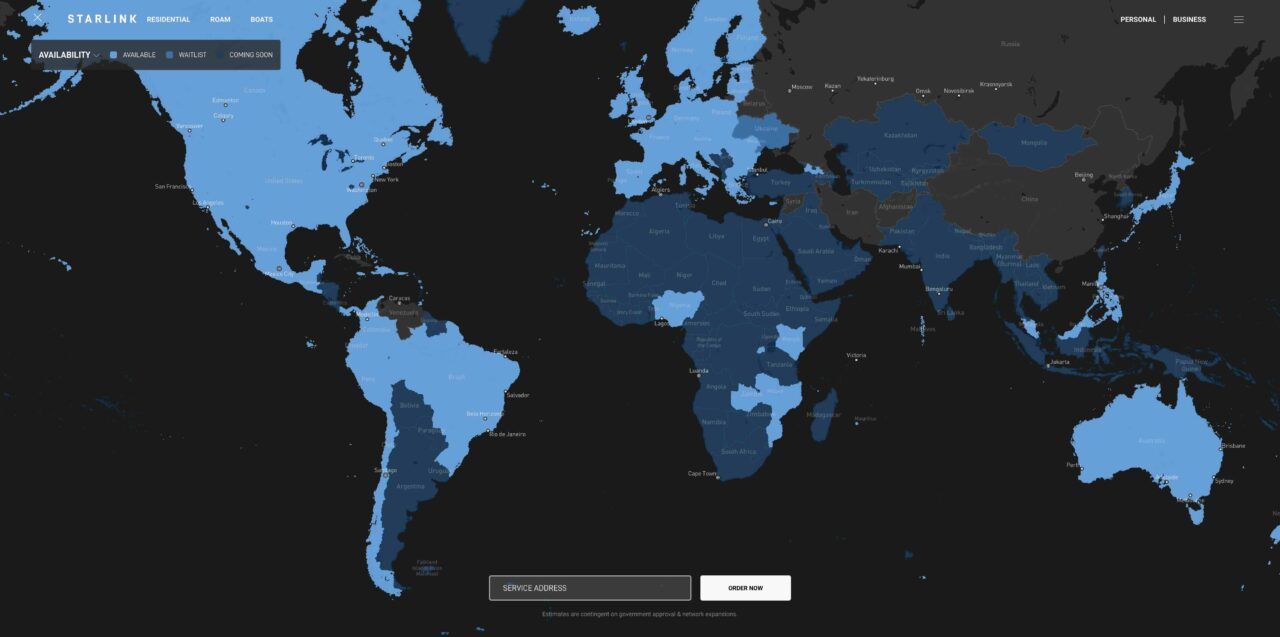CNBC Explores How Starlink Is Generating Billions for SpaceX

SpaceX, formally known as Space Exploration Technologies Corp., is an American aerospace manufacturer and space transport services company founded by entrepreneur Elon Musk in 2002. The company has gained worldwide attention for a series of historic milestones. It is the only private company capable of returning a spacecraft from low Earth orbit. In 2012, its Dragon spacecraft became the first commercial spacecraft to deliver cargo to and from the International Space Station.
SpaceX’s achievements include the first privately funded, liquid-propellant rocket to reach orbit (Falcon 1 in 2008), the first private company to successfully launch, orbit, and recover a spacecraft (Dragon in 2010), the first private company to send a spacecraft to the International Space Station (Dragon in 2012), the first propulsive landing for an orbital rocket (Falcon 9 in 2015), and the first reuse of an orbital rocket (Falcon 9 in 2017). SpaceX’s goals include reducing space transportation costs to enable the colonization of Mars.
Starlink, a pivotal project under SpaceX, is a satellite internet constellation being constructed by SpaceX to provide satellite Internet access. The constellation will consist of thousands of mass-produced small satellites in low Earth orbit (LEO), working in combination with ground transceivers. Starlink aims to provide high-speed internet service to underserved and remote areas around the world. Its relationship with SpaceX is integral, as it is a key part of SpaceX’s long-term plans to fund Musk’s vision of colonizing Mars. The revenue generated from Starlink is expected to be a crucial funding source for SpaceX’s Mars colonization plans.
In a recent report, CNBC explains that Starlink utilizes a network of thousands of satellites in low Earth orbit, about 342 miles above the Earth’s surface. Since its first launch in 2019, Starlink’s adoption has skyrocketed, now serving over 2 million active customers across all continents and in more than 60 countries. CNBC highlights Starlink’s critical role in connecting remote areas and its indispensable use in disaster zones and during the Russia-Ukraine war.
CNBC further reports on the financial aspects of Starlink, noting its significant contribution to SpaceX’s revenue. In 2022, CNBC says Starlink generated $1.4 billion, achieving breakeven cash flow by early November 2023, and that this success is integral to SpaceX’s broader goals, including space exploration. CNBC emphasizes the rapid growth of Starlink, contrasting its quick subscriber increase with traditional satellite service providers.
However, CNBC also addresses the criticisms and concerns surrounding Starlink. The service’s growing influence in geopolitics, particularly in conflict zones like Ukraine, has drawn condemnation from some quarters. Additionally, CNBC notes the scientific community’s concerns about the impact of these satellites on radio and optical astronomy, highlighting the potential environmental and observational challenges posed by the proliferation of satellites in low Earth orbit.
CNBC discusses Starlink’s business model, emphasizing its vertical integration strategy. This approach, involving manufacturing satellites, launching them, and providing the service, has been crucial to Starlink’s rapid deployment and adaptability. CNBC acknowledges the high initial costs but points out the efficiency and control this model offers SpaceX in the competitive satellite internet market.
Looking to the future, CNBC considers the competitive landscape in consumer satellite internet. With new players like Amazon’s Project Kuiper entering the market, CNBC suggests that the sector will witness increased competition and innovation. This evolution, as CNBC reports, represents a blend of technological advancement, market dynamics, and the need for ongoing engagement with regulatory and scientific bodies to navigate the challenges of this new era in global connectivity.
https://youtube.com/watch?v=SVgVzEVeP4Q%3Ffeature%3Doembed
Source: Read Full Article

